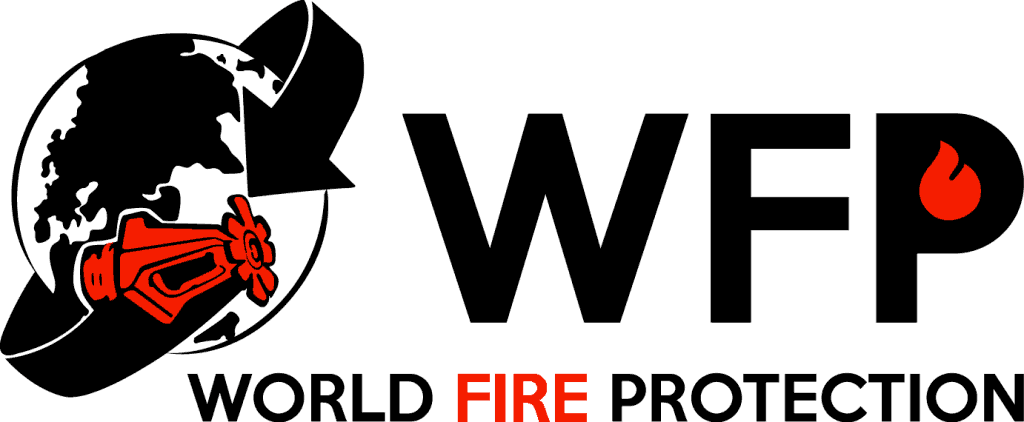The purpose of a fire inspection is to identify and correct problems prior to the development of major problems and/or fire code violations. A fire safety inspection includes a visual inspection of the exterior, interior, and mechanical areas of the building. This inspection is also to determine if the building is structurally sound, free of combustible materials, and free from other hazards such as asbestos, flammable liquids, lead paint, or toxic mold. A regular fire inspection identifies hazards that pose a risk to the health and safety of the occupants of the facility. It will also determine conditions that pose an immediate threat to your facility or to adjoining properties.
The most common type of fire inspection is an annual fire inspection that identifies and corrects fire hazards and makes sure the building is being maintained in good repair. The next most common type of fire inspection is an inspection of the building’s fire alarm system. Other fire inspections are performed for specific reasons, such as for a change of use or when a fire alarm system is installed. These fire safety inspections are also required when renovations or additions are made, or when a fire alarm system or fire suppression system is installed.
How do fire inspections work?
When a fire occurs, the building inspector is on hand to inspect it. If there are any problems, they are addressed immediately. Many companies conduct monthly or quarterly building inspections to ensure their buildings are compliant with fire code requirements. The risks of non-compliance are substantial. The most obvious risk is fire. A fire will be worse if:
- the building is not being properly maintained
- the building has been modified without proper permits
- the building has been modified without proper code-compliant documentation
There are many fire codes that apply to most buildings. They are all designed to ensure the safety of everyone living or working in the building. These codes have specific requirements for fire doors, walls, floors, heating/air conditioning systems, electrical systems, and other equipment. When a building inspector comes to your facility and does a fire inspection, he/she will identify any potential fire code violations and make suggestions for correction.
Why a Regular Fire Inspection is Important?
The primary reason why fire inspections are important is life safety – to secure building occupants from potential fire hazards. Fire alarms, sprinklers, and extinguishers are all important pieces of life safety equipment, but they’re not the only three pieces of equipment that exist. Smoke and fire detectors are an integral part of any fire safety plan. They alert building occupants of a potential fire, letting them know it exists and where it is. But what happens if a fire is detected, but the building is unable to be evacuated? The best way to understand how each piece of fire safety equipment can save lives and prevent and address fire emergency situations is through a regular fire inspection.
If you want to know more about how World Fire Protection Palm Desert can conduct fire safety inspections at your commercial, residential, and industrial property in the Coachella Valley Region, do not hesitate to reach out to us. Call our fire protection experts at WFP today!
